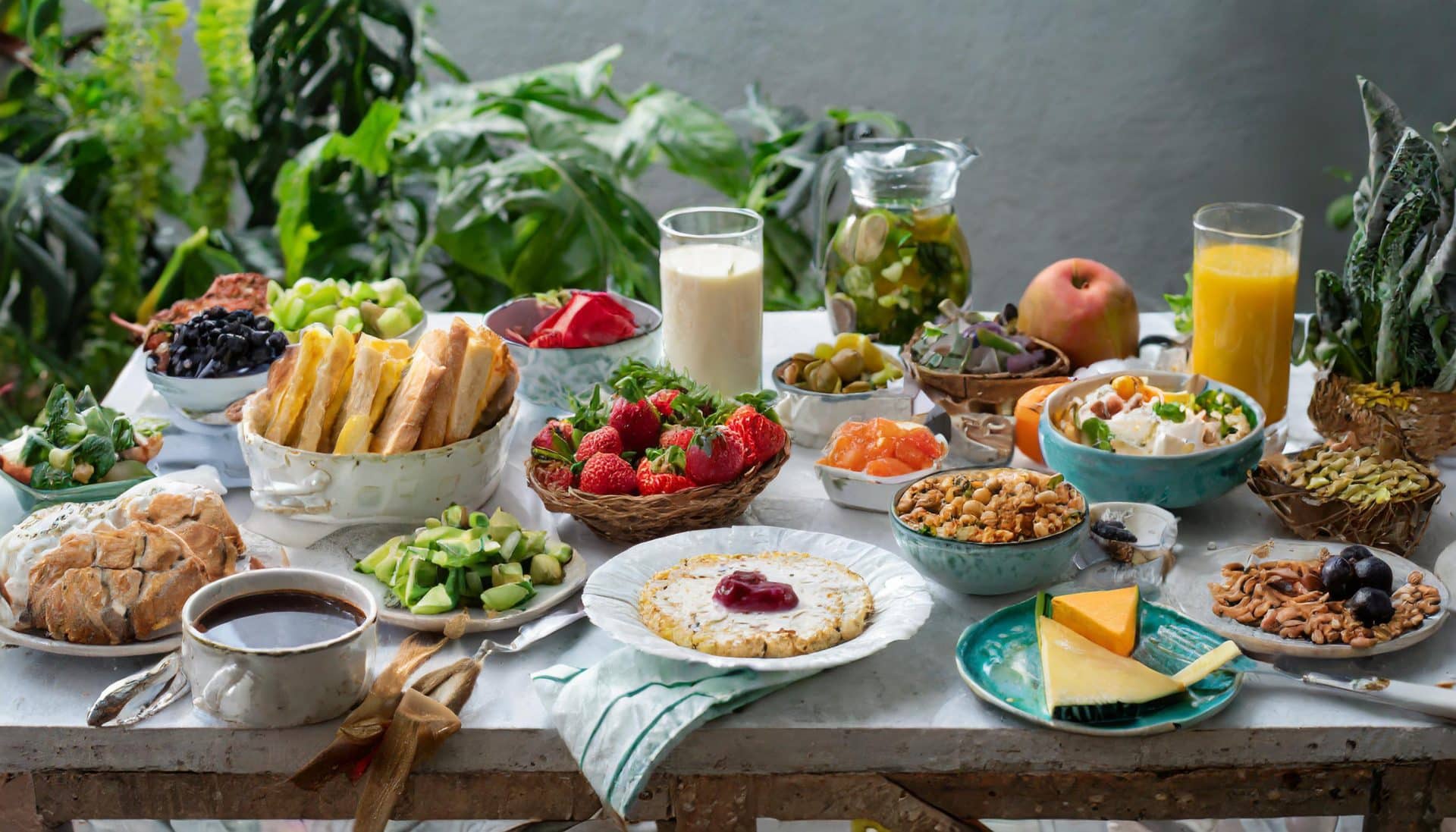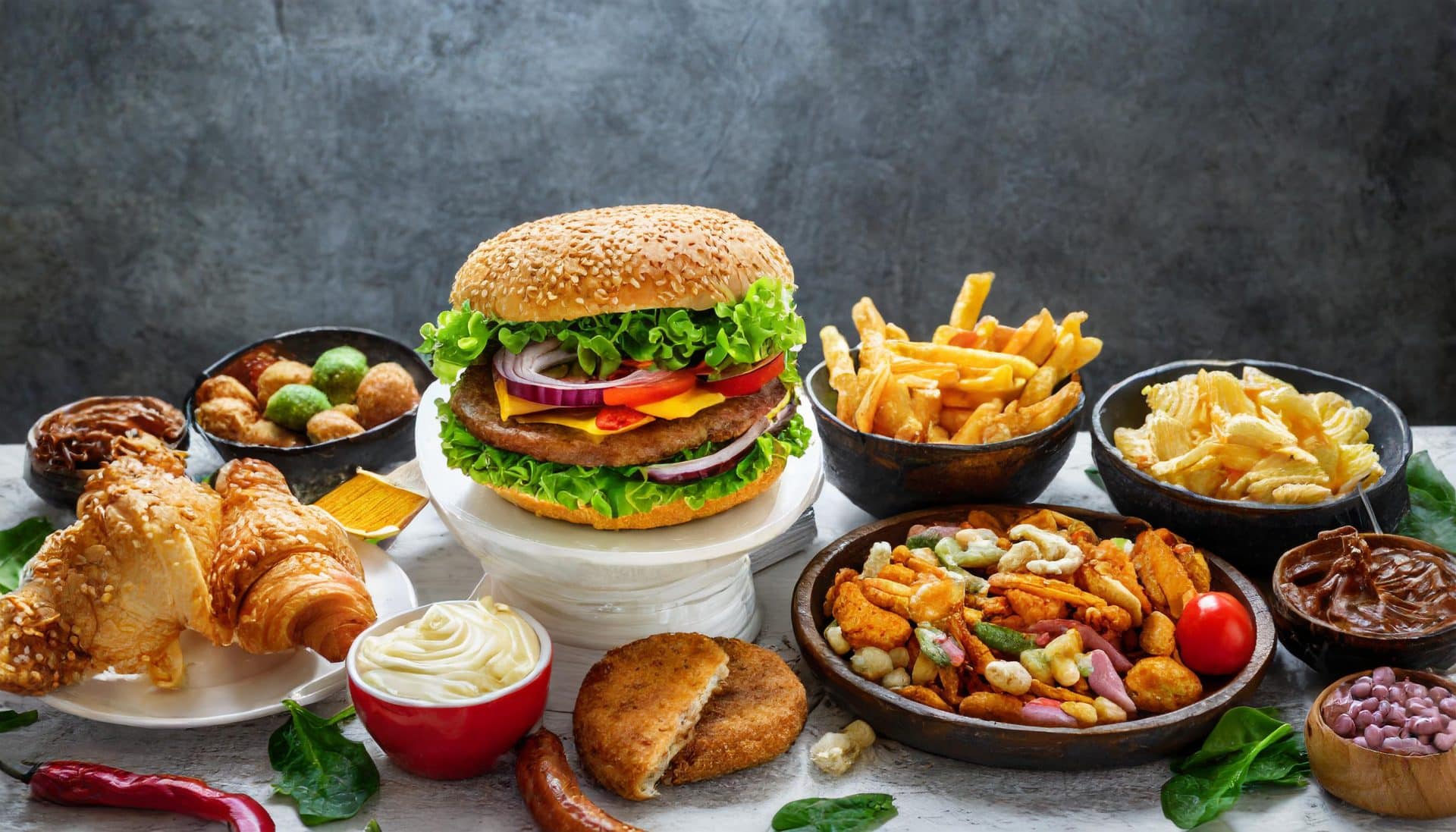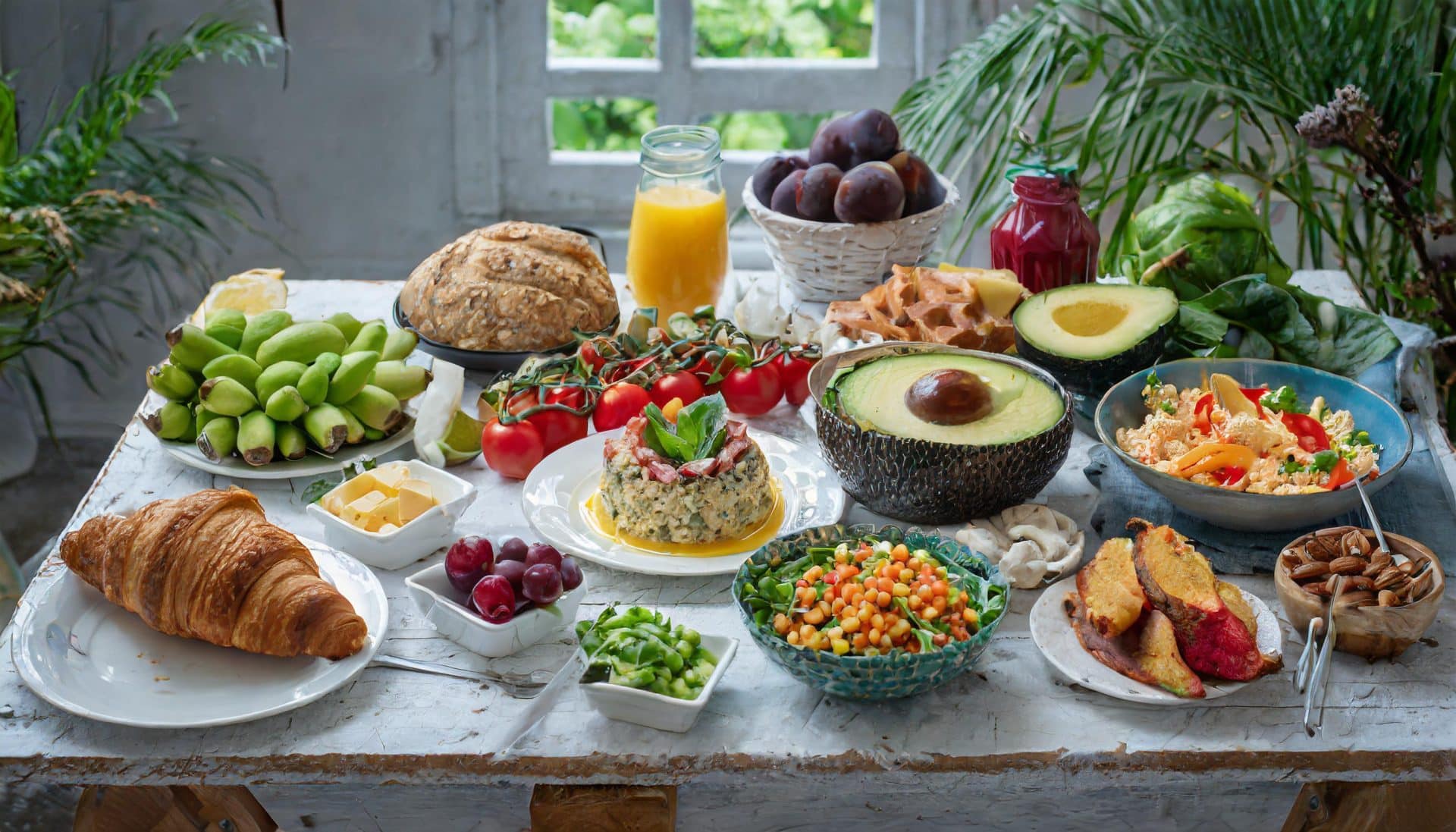The problem is, despite best intentions, people start tracking their calorie intake only to either
- Eat way too little to speed up the process, or,
- Eat too many calorie-dense foods
Either way – the same result – low energy and hunger. It’s not a surprise, then; after a few days of this, you find yourself sneaking in a snack here or there, feeling guilty about it, and then going back into the cycle for another go.
The focus on calorie counting can miss a fundamental point – it’s about more than just ‘how much’ you eat, but ‘what’ you eat. While a calorie is a calorie is a calorie, there is more to weight loss than simple ‘less in than out’ – because we are people – and we have other things going on, like energy and hunger levels. Welcome to the concept of calorie density, a far more nuanced approach to nourishment.
Remember: Calorie density is the number of calories in a given volume of food. Certain foods- like nuts- have more calories packed into them than others – like fruit.

- A high-calorie-dense food: It has many calories in a small volume. This is typically found in foods high in fat and sugar, such as fast food or processed snacks.
- A low-calorie-dense food Has fewer calories in a larger volume. These are foods high in water and fibre, such as fruits, vegetables and whole grains.
When striving to make wise food choices, you should select foods with a LOW-calorie density. Typically, foods with low-calorie density are rich in WATER and FIBER, providing substantial volume without loading you down with waistline-expanding calories. This category includes vegetables, fruits, cooked whole grains, oatmeal, cooked beans and legumes, nonfat dairy and soy products, and lean animal proteins.
Conversely, food items with a HIGH-calorie density are often DRY and FATTY. They may not occupy much room on your plate or stomach, but they have a hefty calorie price tag. With each mouthful, you consume a striking number of calories. Culprits in this category include butter, oils, salad dressings, sugar, nuts, seeds, dry bread, dry cereal, crackers, egg yolk, avocado, dried fruit, red meat, and, of course, the much-loved Egg Muffins and pizza. Just consider that two humble tablespoons of olive oil equate to the same number of calories as four entire oranges. So, liberally dousing your salad with regular dressing can be a waistline catastrophe. You may have opted for a pizza.

Notice that the low-calorie-dense foods have one other big bonus. They not only fill your plate with a lot of satisfying food but also fill you with vitamins, minerals, fibre, and aplenty. Filling on nutritious, low-calorie-dense foods is the way to lose excess weight, lower blood pressure and cholesterol levels, and control blood sugars.
As we dive into calorie density, one of the critical factors to consider is the type and amount of nutrients found in various foods. Not all calories are considered equal, and understanding the nutrient breakdown can help us make healthier choices.
| Food | Calorie Density (calories per 100 grams) |
|---|---|
| Apples | 52 |
| Bananas | 96 |
| Broccoli | 34 |
| Carrots | 41 |
| Chicken (skinless, roasted) | 165 |
| Eggs (hard-boiled) | 155 |
| Fish (salmon, baked) | 206 |
| Grapes | 69 |
| Ice cream (vanilla) | 207 |
| Lean Beef (cooked) | 250 |
| Milk (whole) | 60 |
| Nuts (almonds, raw) | 576 |
| Olive Oil | 884 |
| Potatoes (boiled) | 87 |
| Quinoa (cooked) | 120 |
| Rice (brown, cooked) | 112 |
| Strawberries | 32 |
| Tofu (raw) | 144 |
| Vegetables (mix, cooked) | 35 |
| Watermelon | 30 |

Here’s the issue. Many things that are easy to binge on are also very calorie-dense.
| Food | Calorie Density (calories per 100 grams) |
|---|---|
| Potato Chips | 545 |
| Chocolate Bar (milk) | 535 |
| Cookies (chocolate chip) | 505 |
| Soda (Cola) | 42 |
| Pizza (Pepperoni) | 298 |
| French Fries | 365 |
| Donuts (glazed) | 452 |
| Burger (cheese) | 250 |
| Ice cream (chocolate) | 216 |
| Hot dog | 150 |
Understanding the calorie density of foods doesn’t just help achieve weight loss goals; it also makes for a healthier lifestyle by encouraging diversified nutrition.




